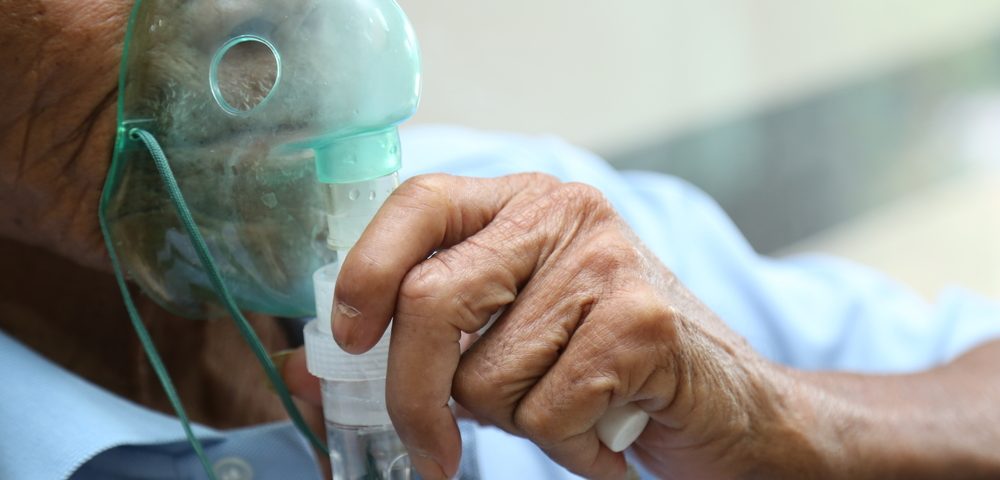The mixture of 0.1% hyaluronic acid and 7% hypertonic saline (HS) can serve as an alternative inhalation therapy for bronchiectasis patients who are intolerant to 7% HS alone, a study from Spain reports.
The study, “Addition of hyaluronic acid improves tolerance to 7% hypertonic saline solution in bronchiectasis patients,” was published in the journal Therapeutic Advances in Respiratory Disease.
Excessive mucus retention in bronchiectasis patients can cause chronic infections and inflammation, which in turn triggers more mucus production.
Inhalation of a very salty solution — hypertonic saline (HS) — is a proven treatment that helps clear the mucus.
Although most bronchiectasis patients are tolerant to inhaled HS, some have reported side effects that include intense cough, breathlessness, chest tightness, and throat irritation, resulting in intolerance and discontinuation of the therapy.
Inhaled hyaluronic acid (HA) is known to hydrate the airways, relieve airway constriction, reduce inflammation, and help fight bacterial infections. Studies in patients with cystic fibrosis have shown that 0.1% HA can improve a patient’s tolerability to HS.
Now, researchers evaluated the tolerability of 0.1% HA along with 7% HS in bronchiectasis patients who were intolerant to 7% HS alone.
A total of 137 patients (87 women, 50 men) participated in the study between November 2015 and May 2017. Their mean age was 63, and they continued their regular medications throughout the study.
Eleven pulmonologists in public teaching hospitals throughout Spain were involved in the study. Using a nebulizer, they gave the first inhalation dose to the patients and assessed their tolerability. For the duration of the study (four weeks), the patients self-administered the treatment.
During the initial visit, all participants were nebulized using the 7% HS solution for a median duration of 12 minutes. Fifteen minutes after inhalation, their tolerance to HS was assessed. Patients who were intolerant were evaluated for tolerance to HS plus HA about one week later.
Of the total participants, 67.1% (92 patients) tolerated HS and continued with the treatment for the next four weeks. The remaining 32.9% (45 patients), who were intolerant to HS, were tested for HS plus 0.1% HA one week later, to recover from the effects of HS.
Of these patients, 68.9% (31) were able to withstand HS combined with HA and were asked to continue the treatment for the next four weeks. The remaining 14 patients who did not tolerate HS plus HA discontinued the study.
Of the 31 patients tolerant to HS plus HA treatment, 83.9% (26 patients) completed the four weeks of treatment.
Five patients in the HS plus HA group dropped out of the study due to adverse reactions associated with the treatment, compared to 12 patients from the HS-only group. This result suggests that HS plus HA treatment is associated with fewer side effects.
Patients’ lung functions were assessed, and although not clinically relevant, a slight improvement was seen in patients receiving HS plus HA at the end of the four weeks, compared to the start of the treatment.
After four weeks of treatment, quality of life was also found to be improved in both treatment groups.
“Our study shows that addition of HA to HS could benefit a large fraction of patients that are initially intolerant to HS alone, improving tolerability,” the researchers wrote.
“The addition of HA could also enhance [quality of life] and adherence to the treatment for bronchiectasis patients,” they added.

